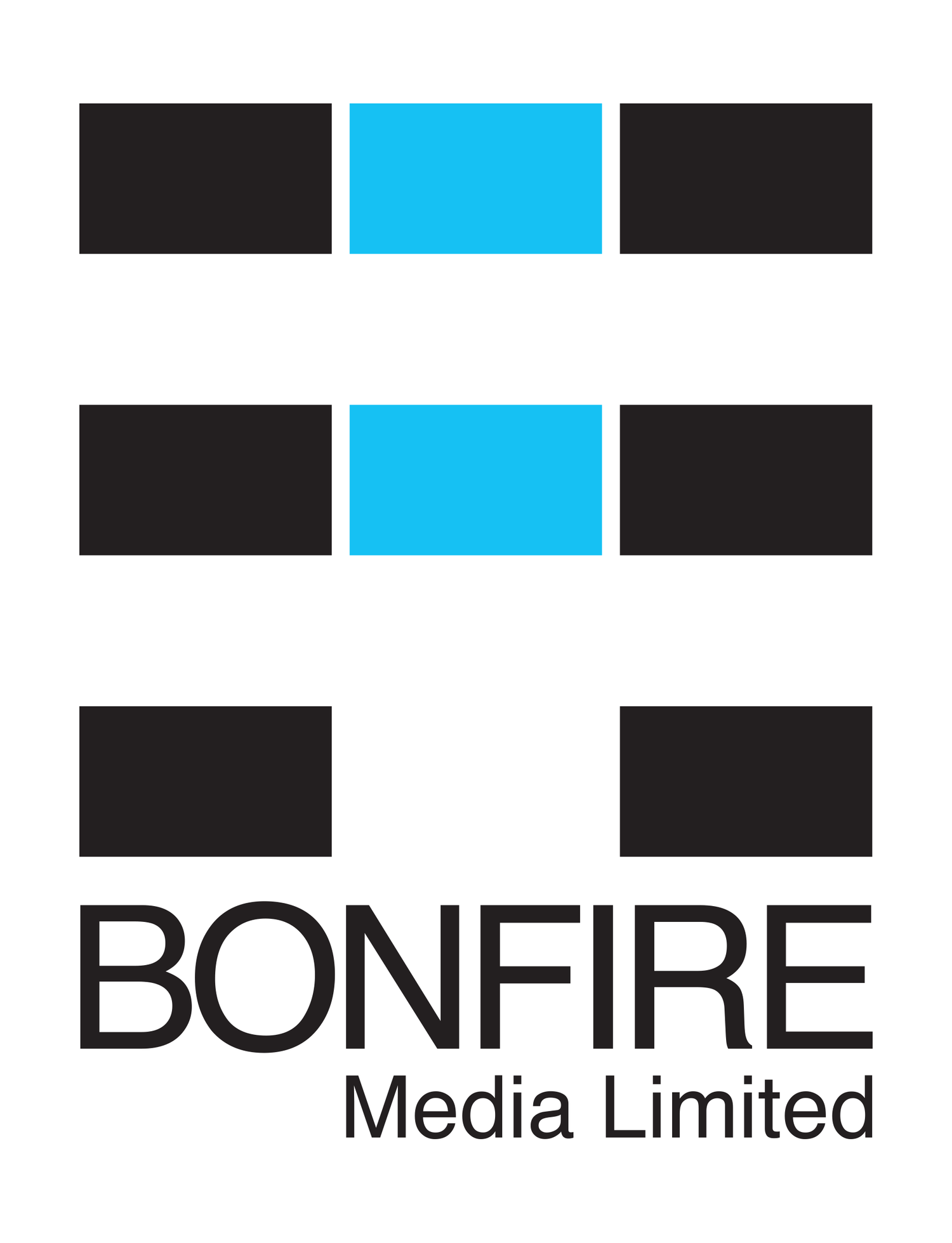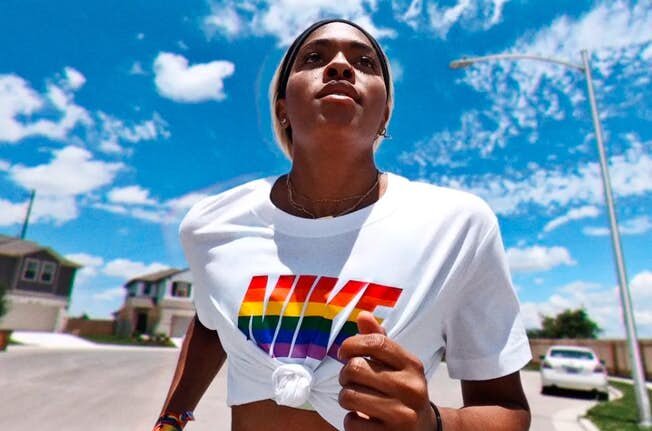June is Pride Month and at Bonfire we are always interested in seeing amazing examples of inclusive marketing and its impact. In this article, DMI tutor Sean Kenny takes us through a brief history of inclusivity, the numbers around it, how it really can affect (and improve) customer perception and interaction, and what you can do yourself in your own digital communications.
What is Inclusive Marketing
Inclusive marketing covers all sorts of areas of society and can trace its origins back to the early 19.
Coca Cola launched their catchphrase "I'd like to buy the world a coke" with the now iconic Hilltop commercial in 1971. It was the first example of a brand that was truly representing the people who are their customers.
When Gucci made the choice to feature the Down's Syndrome model, Ellie Goldstein, it went down especially well with their consumers, with this post receving over 800k likes, their most popular post to date.
Elements of Inclusive Marketing
It's worth reviewing the main issues to be considered with your marketing when thinking of being inclusive:
Tone - of your marketing, your voice, the text in ads.
Language - what type of words you use can vary depending on the context and audience.
Representation - who are you including in your imagery?
Context - be aware of a certain element might be misconstrued in a certain geographic or demographic market.
Avoid Appropriation - using an element from a particular culture can misfire if not considered carefully.
Counter Stereotype - breaking existing (negative) stereotypes can be powerful in certain communications.
Symbolism - again, be careful with the elements you use according to modern and local sensibilitiies.
Inclusive Marketing - the numbers
We can see proof that inclusive marketing is very effective.
Adobe research in 2019 showed 66% of African-Americans, and 53% of Latino and Hispanic Americans feel their ethnicity is portrayed stereotypically in advertisements.
38% of consumers are more likely to trust brands that do well with showing diversity in their ads.
69% of brands with representative ads saw an average stock gain of 44% in 2020
An Ipsos/Google study in 2020 showed 64% of the sample group took some sort of action after seeing an ad that they considered to be diverse or inclusive.
This percentage was higher among specific groups: Latinx+ (85%), Black (79%), Asian/Pacific Islander (79%), LGBTQ (85%), millennial (77%), and teen (76%) consumers.
Source: https://www.thinkwithgoogle.com/consumer-insights/inclusive-marketing-consumer-data/
What actions can you take
Know Your Target Audience!
Make an effort to align your communications to your local market's composition of diversity. Consider age, gender, ethnicity, sexual orientation, location, language preference and gender expression.
These should then feed into the personas you build. Think more closely about what your customers are experiencing. What is culturally and emotionally meaningful to them?
Perform a careful channel audit. Look at your landing pages and website from an audience diversity perspective. Do your website's photos and imagery match the audience representation from ad campaigns?
Hiring a more diverse team will also enable you to tell authentic stories and design products and marketing messages without falling into biases.
Some specific digital communication tips from HubSpot:
Have more than one person in an image.
Use authentic and genuine imagery. Avoid stock imagery.
Reflect everyday life, not actors or models hired to play a part.
Create a visible relationship between people that is positive.
Include people in photos rather than featuring the product only.
Make sure everyone is featured with the same prominence, not just as tokens.
Represent the spectrum of people that your potential customer base could be.
Examples of Inclusion for Pride Month
Nail polish brand Essie made history by naming Queer Eye star, Jonathan Van Ness, as its first male ambassador. This effort to reach the brand's male category (a subset of their main audience) managed to tick a lot of boxes in engaging consumers in a more meaningful and relevant way.
Global brand L’Oréal (who owns Essie) got involved in a very special way with the huge 2019 World Pride celebration in New York, which marked the 50th anniversary of the Stonewall riots. Consumers from across the world who could not come to New York were invited to be represented by L'Oreal employees at the celebration with a specially-built float .
Nike's ongoing #BeTrue campaign rolls each year, and in 2020 it tied together an Olympics theme with the global event of Black Lives Matter.
UK/Ireland bookmakers Paddy Power created ‘From Russia With Equal Love’, publically pledging to donate £10,000 to LGBT+ charities across the globe every time the Russian team scored a goal in the 2018 Fifa World Cup. This stroke of multi-channel marketing genius encouraged a widespread LGBT+ following for the Russian Team, making unexpected allies of the World Cup’s host nation - picking up a host of profile support from the likes of Caitlyn Jenner, Mark Foster and Louis Spence in the process.
Now you have a better idea of how to launch a inclusive marketing campaign, learn more tips about how to improve digital marketing strategies by joining our globally recognised certificate course today - taught by the industry experts!
Source: Digital Marketing Institute







